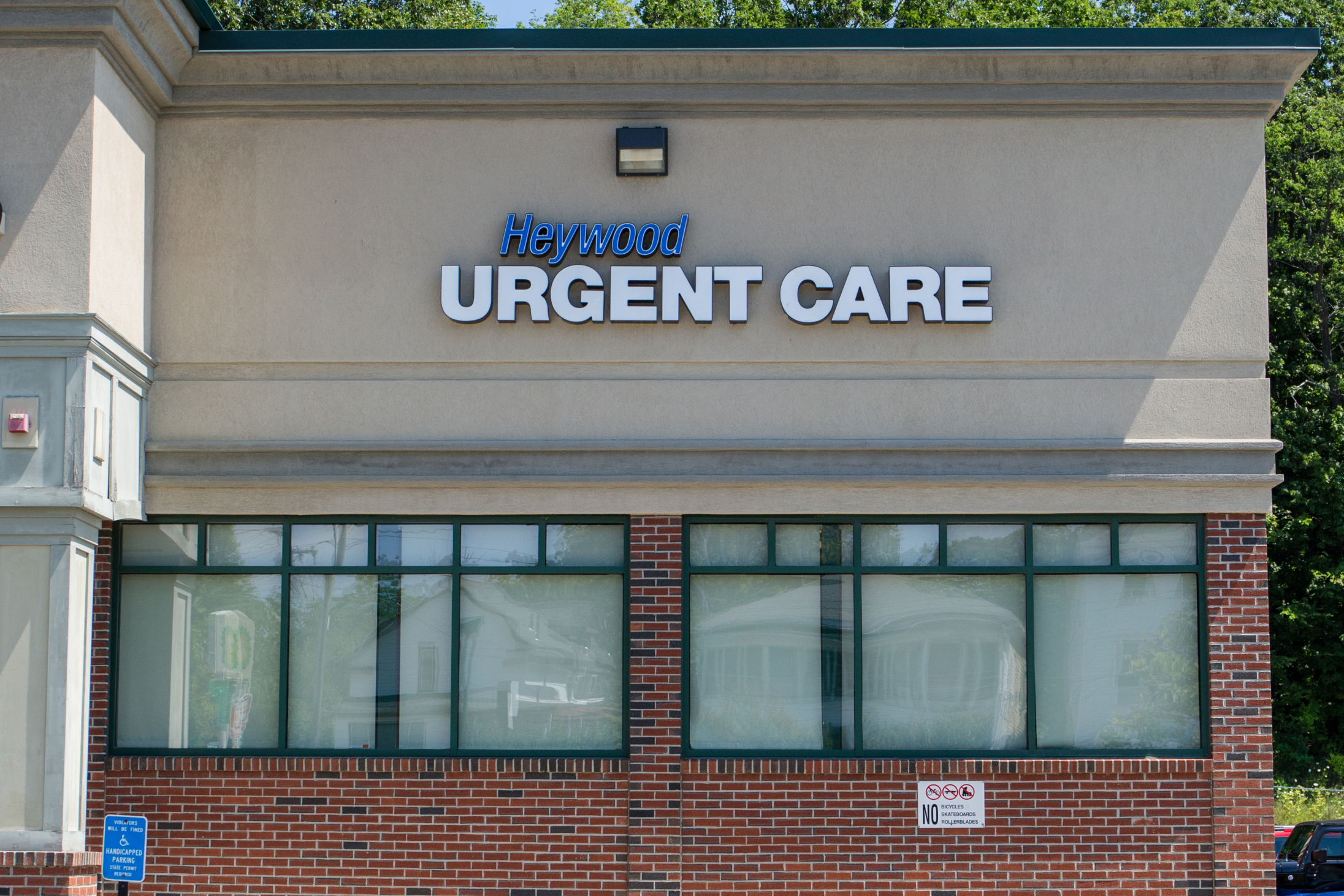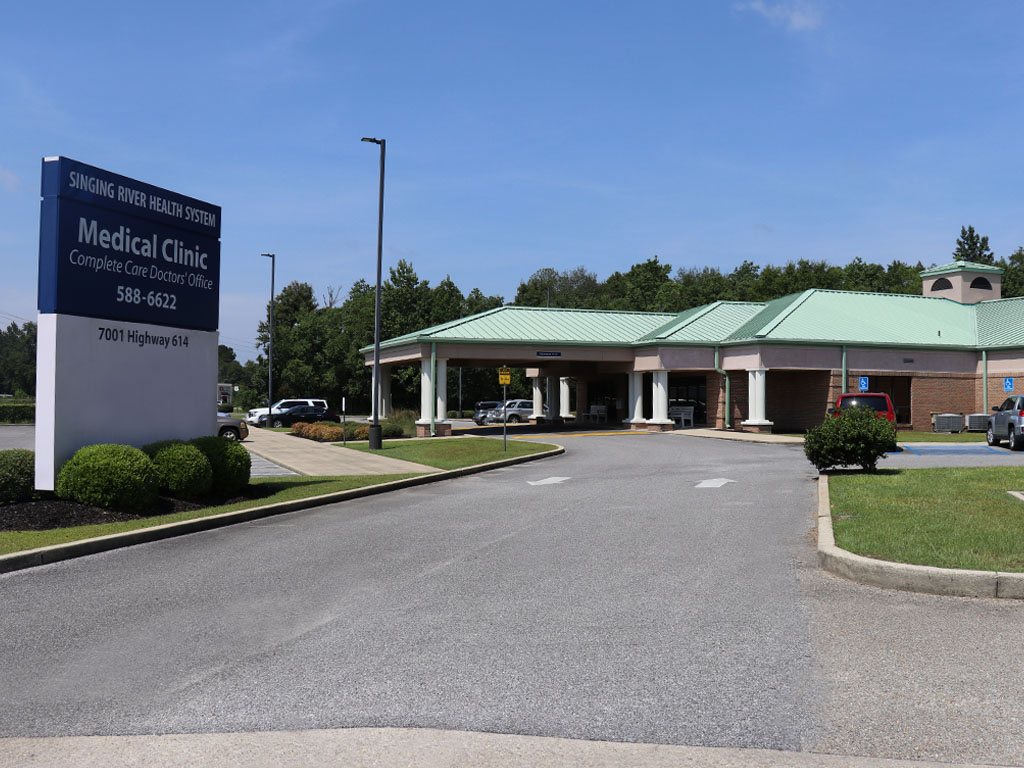Vital Services Given by Clinics Focusing On Urgent Care
Vital Services Given by Clinics Focusing On Urgent Care
Blog Article
Recognizing the Role of Urgent Treatment in Providing Timely Therapy for Non-Life-Threatening Problems
Urgent care centers have actually arised as an essential element of the medical care landscape, dealing with the prompt demands of clients with non-life-threatening problems. By using available and timely medical services, these facilities effectively connect the gap in between health care and emergency divisions. Nonetheless, the ramifications of their duty expand beyond simple ease, prompting a closer evaluation of when and how these centers are made use of. Understanding the nuances of immediate treatment might dramatically impact client results and the total performance of health care delivery. What factors add to their expanding relevance in contemporary medication?
What Is Urgent Care?
Immediate treatment describes a group of clinical solutions developed to resolve non-life-threatening problems that need prompt focus. These centers offer as an intermediary between key treatment medical professionals and emergency clinic, supplying a convenient choice for people who require prompt treatment without the considerable waiting times usually related to emergency divisions.
Urgent care centers are usually staffed by medical professionals, consisting of medical professionals, nurse specialists, and doctor assistants, that are trained to detect and deal with a broad range of conditions. Common services provided by these facilities consist of treatment for small injuries, illnesses, and infections, along with diagnostic tests such as X-rays and lab job.
The access of urgent treatment is a crucial variable in its allure, as lots of centers run beyond routine office hours, consisting of weekend breaks and evenings. This extended accessibility permits patients to obtain prompt treatment when their key treatment supplier might not be available. Additionally, immediate treatment facilities frequently accept walk-in individuals, getting rid of the requirement for appointments. In general, urgent treatment plays an essential role in the medical care system, ensuring individuals can access vital clinical services quickly and effectively.

When to look for treatment at an urgent treatment facility instead of a main care physician or an emergency situation area,Numerous individuals may locate themselves unsure concerning. Urgent treatment is made to attend to non-life-threatening conditions that require punctual attention but are not extreme sufficient to necessitate an emergency situation area browse through.
Typically, one must take into consideration immediate care for problems such as minor cracks, strains, cuts needing stitches, or infections like urinary system tract infections. In addition, chilly or flu signs, breakouts, and sensitive responses can likewise be suitably handled in this setup.
It is essential to keep in mind that urgent care is not ideal for deadly emergency situations, such as upper body pain, problem breathing, or serious bleeding, which require prompt emergency clinic treatment.
People who lack accessibility to a primary treatment doctor or can not protect a timely visit may likewise take advantage of immediate care solutions. Eventually, comprehending when to make use of urgent care can cause more efficient health care delivery, allowing individuals to get the ideal level of care based on their particular health requirements.
Advantages of Urgent Care Centers
Selecting immediate treatment centers for non-life-threatening problems supplies a number of benefits that improve patient experience and accessibility. One main advantage is the lowered wait times compared to conventional emergency clinic. Immediate care facilities normally operate a first-come, first-served basis, enabling people to obtain timely medical interest without the lengthy hold-ups usually related to blog here healthcare facility settings.
Additionally, immediate treatment facilities supply prolonged hours, consisting of evenings and weekend breaks, accommodating individuals with differing timetables. This versatility guarantees that individuals can look for treatment when it is most hassle-free for them, even more advertising timely treatment.

In addition, these centers typically provide a comprehensive variety of solutions, consisting of small procedures and diagnostic examinations, all under one roof covering. This combination of solutions not just simplifies the patient experience however likewise promotes an extra natural strategy to taking care of non-life-threatening health concerns, inevitably profiting overall individual end results.
Common Conditions Treated
At urgent treatment centers, a variety of non-life-threatening problems can be properly dealt with, giving individuals with accessible and timely clinical support. These facilities are especially proficient at addressing problems that call for prompt focus yet do not pose an immediate risk to life or arm or leg.
Usual conditions dealt with at immediate care centers include minor injuries such as stress, sprains, and cracks. Furthermore, they manage illnesses like colds, flu, and infections, including urinary system infections and sinusitis. Skin disease, ranging from rashes to insect attacks, are likewise often dealt with. Urgent treatment facilities are outfitted to carry out required diagnostic tests, such as X-rays and laboratory examinations, allowing them to give thorough care.
Moreover, immediate treatment companies can administer inoculations, helping to avoid the spread of contagious conditions - Urgent Care. They also provide solutions for small procedures, such as suturing injuries or draining pipes abscesses. By using these diverse services, immediate care facilities play a vital function have a peek at these guys in bridging the space in between health care and emergency situation solutions, ensuring patients obtain prompt therapy for a wide variety of conditions without the requirement for lengthy delay times commonly connected with emergency areas
How Urgent Treatment Sustains Health Care System
Immediate treatment facilities play a critical function in supporting the total healthcare system by minimizing the concern on emergency departments and offering timely access to medical care for non-life-threatening conditions. By managing instances such as minor injuries, infections, and health problems, immediate care facilities allow emergency situation divisions to concentrate on even more critical patients needing prompt focus.
Additionally, immediate care centers enhance medical care availability, using prolonged hours and an easier alternative to typical key care settings. This ease of access is particularly useful for clients that may not have a routine physician or who call for instant therapy beyond typical office hours. Consequently, urgent care centers properly minimize wait times and enhance person complete satisfaction.
In addition, urgent treatment facilities add to cost savings see this for both patients and the medical care system by offering lower-cost services contrasted to emergency departments. This financial efficiency is essential in a period of climbing healthcare expenses, allowing individuals to get required care without sustaining inflated costs.
Conclusion
In conclusion, immediate treatment facilities play an essential duty in the healthcare system by supplying punctual therapy for non-life-threatening conditions. By connecting the void between main care and emergency situation rooms, these facilities make sure that individuals obtain timely medical focus without the lengthy delay times normally related to emergency departments. The accessibility and effectiveness of urgent treatment facilities add dramatically to minimizing the general concern on health care resources, boosting client outcomes, and advertising a more efficient healthcare delivery system.
Urgent care centers have arised as an important part of the health care landscape, resolving the immediate needs of patients with non-life-threatening problems. Urgent care check outs typically incur reduced out-of-pocket expenses contrasted to emergency situation division visits, making treatment extra cost effective for people without jeopardizing high quality. Urgent care centers are furnished to execute essential analysis tests, such as X-rays and lab tests, allowing them to offer thorough treatment.
By using these diverse solutions, immediate treatment centers play an important role in bridging the void between key care and emergency services, ensuring clients get timely therapy for a vast range of conditions without the requirement for long wait times normally linked with emergency rooms.
In addition, urgent treatment facilities boost medical care ease of access, using prolonged hours and a much more practical choice to typical main care setups.
Report this page